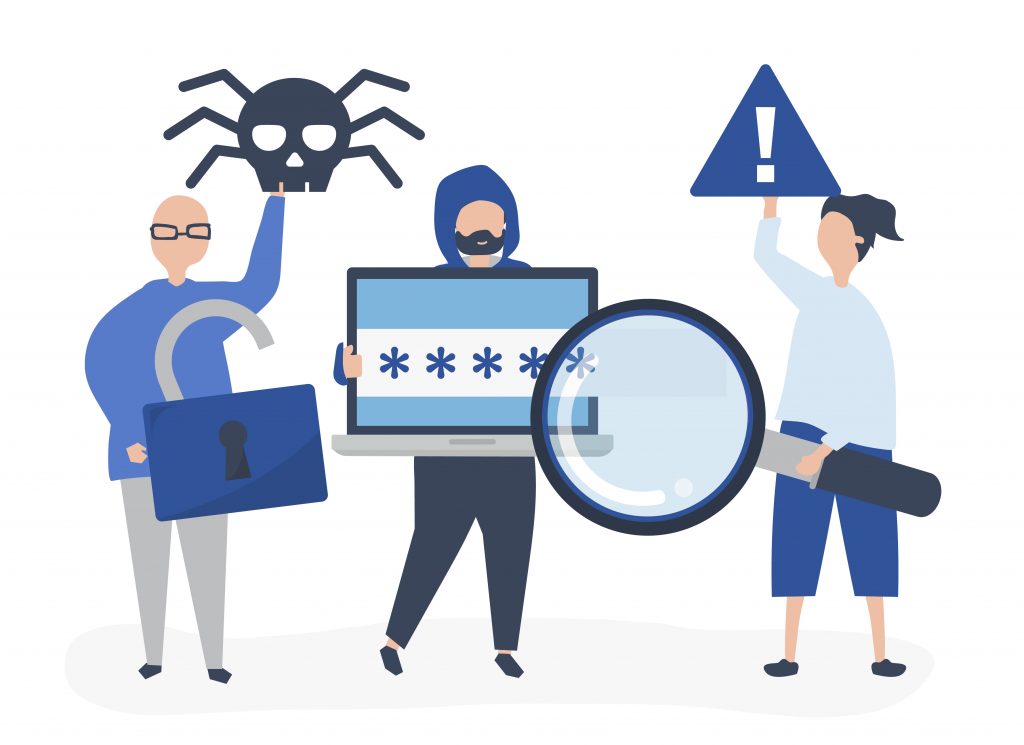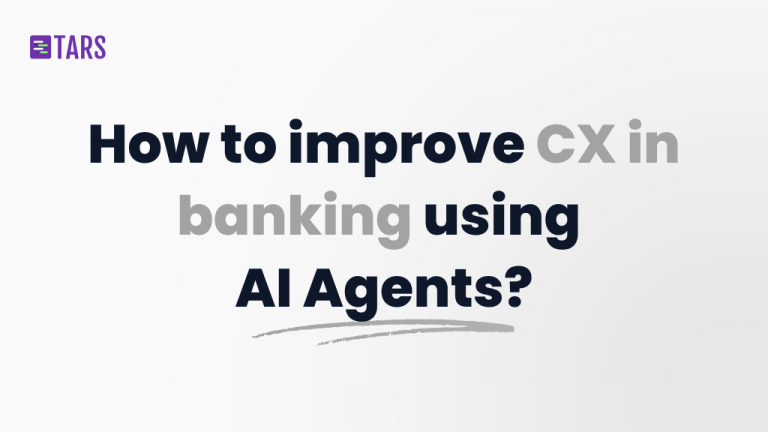Top 10 Conversational AI Use Cases in Banking

In the banking industry, Conversational AI is becoming increasingly important. It is a powerful technology that can automate customer service and improve operational efficiency, reducing costs and providing personalized services to clients.
In this blog post, we will explore the different use cases of Conversational AI in banking, and explain how it can be implemented to achieve these benefits.
Use Cases of Conversational AI in Banking
There are many different use cases of Conversational AI in banking. Here are some of the most common:
Chatbots for Customer Service
Chatbots are one of the most common use cases of Conversational AI in banking. They can be used to provide instant answers to customer queries, reduce wait times, and improve the overall customer experience. Chatbots can also be programmed to handle simple banking tasks, such as account balance inquiries and transaction histories.
Voice Assistants for Customer Support
Voice assistants are another popular use case of Conversational AI in banking. They can provide customers with instant access to support services, such as transaction disputes and account information. Voice assistants can also be used to provide personalized financial advice and recommendations to clients.
Fraud Detection and Prevention

Conversational AI can be used to detect and prevent fraud in the banking industry. By analyzing customer data and transaction histories, chatbots and voice assistants can identify suspicious activity and alert banks to potential fraud. This can help to prevent financial losses for both the bank and the customer.
Personalized Financial Advice
Conversational AI can be used to provide personalized financial advice to customers. By analyzing customer data and transaction histories, chatbots and voice assistants can provide tailored recommendations for financial products and services, such as savings accounts and investment opportunities.
Risk Assessment and Management
Conversational AI can also be used for risk assessment and management in the banking industry. By analyzing customer data and transaction histories, chatbots and voice assistants can identify potential risks and recommend appropriate risk management strategies.
Cross-Selling and Upselling

Conversational AI can be used to cross-sell and upsell products and services to customers. By analyzing customer data and behavior, Conversational AI can suggest relevant products and services that may be of interest to the customer. This can increase revenue for banks and provide customers with a better overall experience.
Compliance and Regulatory Compliance
Conversational AI can be used to ensure compliance with banking regulations and policies. By analyzing customer data and transactions, Conversational AI can detect potential compliance violations and provide alerts to prevent regulatory issues. This can help banks to avoid fines and penalties and maintain a good reputation with regulators.
Virtual Financial Assistants
Conversational AI can be used to provide virtual financial assistants to customers. By leveraging voice assistants or chatbots, customers can ask questions, make transactions, and receive personalized financial advice through a conversational interface. This can provide customers with a more convenient and accessible banking experience.
Loan Application Processing

Conversational AI can be used to automate and streamline the loan application process. By analyzing customer data and verifying eligibility criteria, Conversational AI can provide customers with real-time loan application status updates and make recommendations on how to improve their chances of approval. This can reduce processing times and improve the overall customer experience.
Voice-Activated Transactions
Conversational AI can be used to enable voice-activated transactions for banking customers. By integrating voice assistants with banking applications, customers can perform a wide range of transactions, including transferring money, paying bills, and checking account balances, simply by using their voice. This can provide customers with a more convenient and accessible banking experience while reducing the need for manual input.
Implementing Conversational AI in Banking

Implementing Conversational AI in the banking industry requires careful planning and execution. Here are some key considerations for implementing Conversational AI in banking:
🟩Choosing the Right Technology: There are many different Conversational AI technologies available, and banks must choose the right one for their needs. Factors to consider include the level of customization required, the complexity of the tasks to be automated, and the cost of implementation.
🟩Building a Conversational AI Strategy: Banks must have a clear strategy for implementing Conversational AI. This should include a roadmap for implementation, a plan for training employees, and a system for measuring success.
🟩Integration with Legacy Systems: Many banks have legacy systems that may not be compatible with Conversational AI technologies. Banks must ensure that the new technology can integrate seamlessly with their existing systems.
🟩Data Security: Conversational AI technologies must be secure to protect customer data. Banks must ensure that the technology they implement meets the necessary security standards.
🟩Employee Training: Banks must provide adequate training for employees to ensure that they can effectively use and manage the Conversational AI technology.
🟩Measuring Success: Banks must have a system for measuring the success of their Conversational AI implementation. This may include metrics such as customer satisfaction, operational efficiency, and cost savings.
Want to Start Using a Conversational AI Chatbot for Your Bank? Here is How to Get Started.

All you need to do is book a free demo and our in-house experts will walk you through the entire process.
At TARS, we will:
✅Help you build a chatbot tailor-made for your specific requirements.
✅Take care of the entire process from planning and creation to finally testing and deployment.
✅Stay in touch even after the bot is done and live to ensure it is working as intended.
✅Take care of any optimizations or changes that you might require in the future.
TARS chatbots are used by multiple global giants including Vodafone, American Express, Nestle, Adobe, and many more.
Book a free demo today to start using our omnichannel chatbots.
My name is Vinit Agrawal and I am the Founder and CTO of Tars. I have been working on the Tars Chatbot Builder since 2015 and my core strength is in building software products with simple and functional user experiences focusing on bringing some core business results. My current role in the company is a mix of Product Manager, Engineering Manager and in Business & Marketing Strategy.
- Use Cases of Conversational AI in Banking
- Chatbots for Customer Service
- Voice Assistants for Customer Support
- Fraud Detection and Prevention
- Personalized Financial Advice
- Risk Assessment and Management
- Cross-Selling and Upselling
- Compliance and Regulatory Compliance
- Virtual Financial Assistants
- Loan Application Processing
- Voice-Activated Transactions
- Implementing Conversational AI in Banking
- Want to Start Using a Conversational AI Chatbot for Your Bank? Here is How to Get Started.


Build innovative AI Agents that deliver results
Get started for freeRecommended Reading: Check Out Our Favorite Blog Posts!

How to improve customer experience in banking using AI Agents?

AI Self Evaluation in Banking: Navigating Risks and Ensuring Reliability

AI in Finance: Navigating Financial Frauds with Large Language Models

Our journey in a few numbers
With Tars you can build Conversational AI Agents that truly understand your needs and create intelligent conversations.
years in the conversational AI space
global brands have worked with us
customer conversations automated
countries with deployed AI Agents



